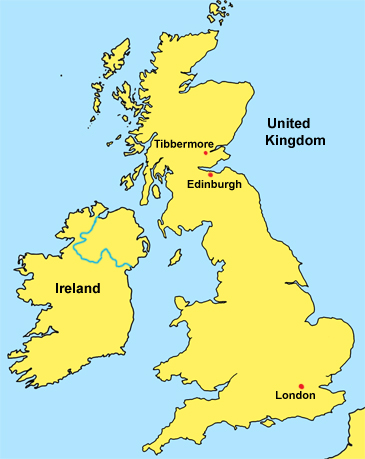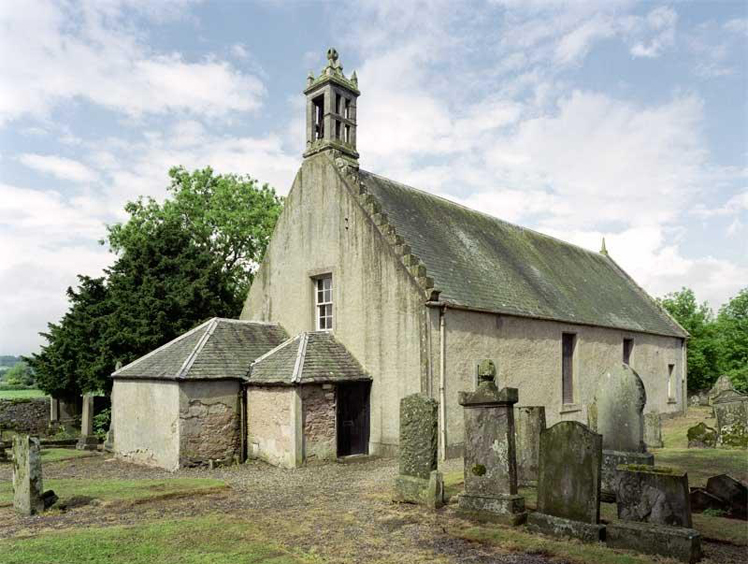 Chris Korte's New Zealand Genealogy Project
Chris Korte's New Zealand Genealogy Project
Tibbermore, Perthshire, Scotland
About page
This page provides information about Tibbermore, Perthshire, Scotland. Alexander Walker (1838-1909) and some of his siblings were born in Tibbermore. His father was an agricultural labourer while the family lived in the parish between 1838 and 1854.
If you can provide additional information, or corrections, please contact (see Info menu).
Tibbermore
Tibbermore is a small village situated about 4 miles west of Perth, Scotland, and about 46 miles north of Edinburgh by the M90. Tibbermore parish extends to Ruthven however the church building is now only used occasionally for weddings and funerals. The village has a population of about 160.

19th Century Tibbermore
The following extracts from THE NEW STATISTICAL ACCOUNT OF SCOTLAND give an idea of life in 19th Century Tibbermore. The following is extracted from the Comrie Parish article written in February 1843 by Rev. Weir Tullock, the parish minister of Tibbermore.
Extent and Boundaries - The parish is about six and a-half miles in length, and from one to three in breadth. It contains about 4700 Scots acres; and is bounded on the north by the Pow and the Almond, which separate it from Methven and Redgorton; on the east by the Tay and Perth; on the south by Aberdalgie and Forteviot; and on the west by Gask.
Agriculture - The parish contains about 4670 Scots acres. The whole is arable, and in a high state of cultivation, with the exception of about 200 acres, which are under wood, and about 150 acres covered with heath and peat. Value of Production was listed as Wheat £4400, Pease £960, Barley £4116, Oats £5883, Potatoes £4185, Turnips £2100, Hay £3200, Pasture £2100.
Population - In 1841 there were in the parish 359 families, consisting of 814 males and 847 females, in all 1661. Most of the agricultural population change their master and also their parish every year.
Villages - The villages of this parish are now nearly all swept away. The only villages in the parish at present, are those at the two public works, Huntingtower field and Ruthven field. At Huntingtowerfield 150 people were employed for the purpose of bleaching linen cloth. At Ruthven there was a printing works that employed 188 men, 67 women and 113 children.
Fuel - Coal is the principal article employed for fuel, which is brought to Perth in ships from Newcastle and the Firth collieries.

Tibbermore parish church
Image from Royal Commission on the Ancient and Historical Monuments of Scotland
Page last updated on 29 July 2018.







